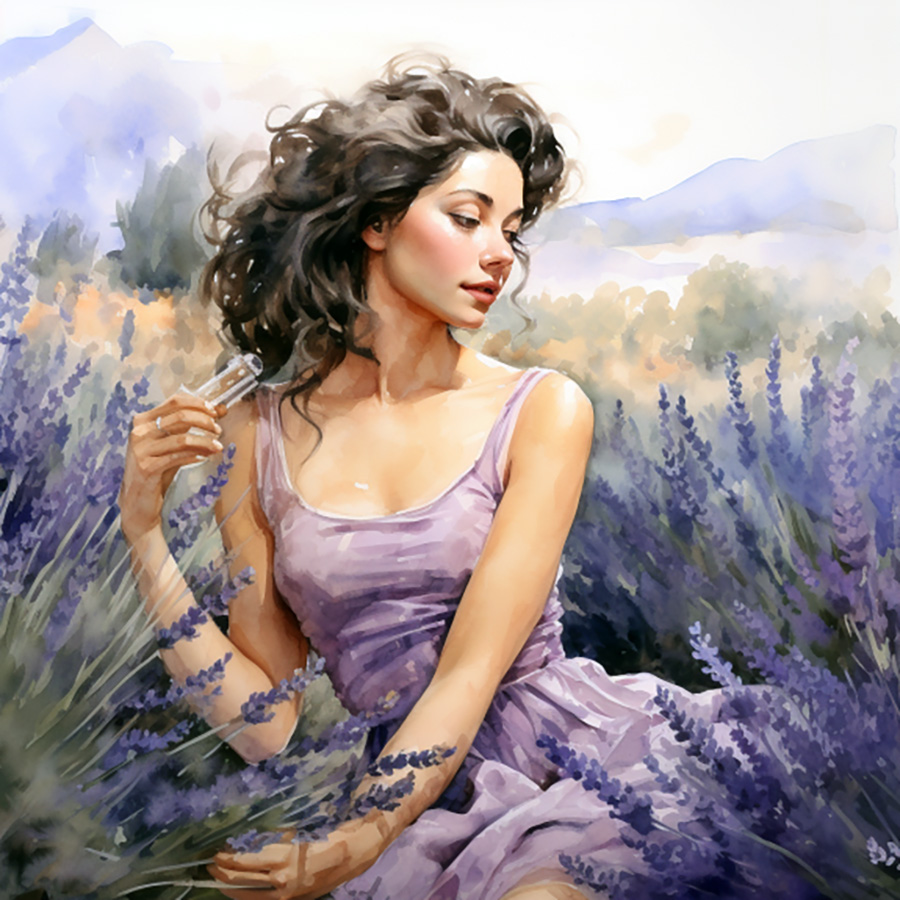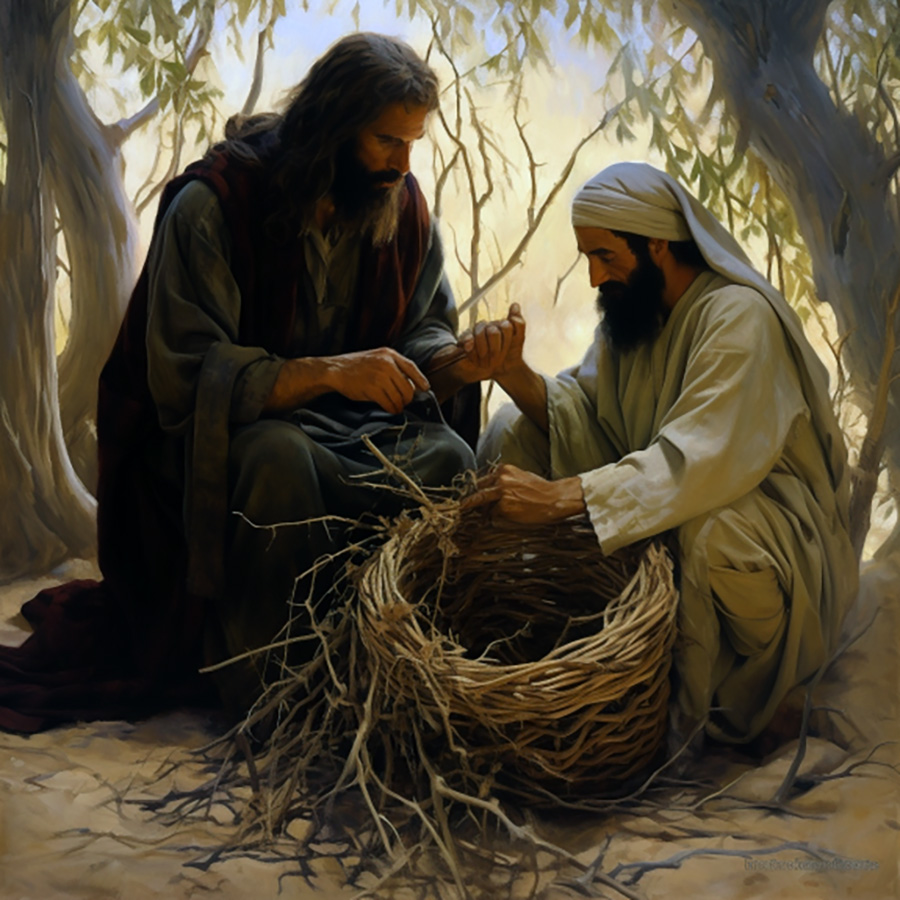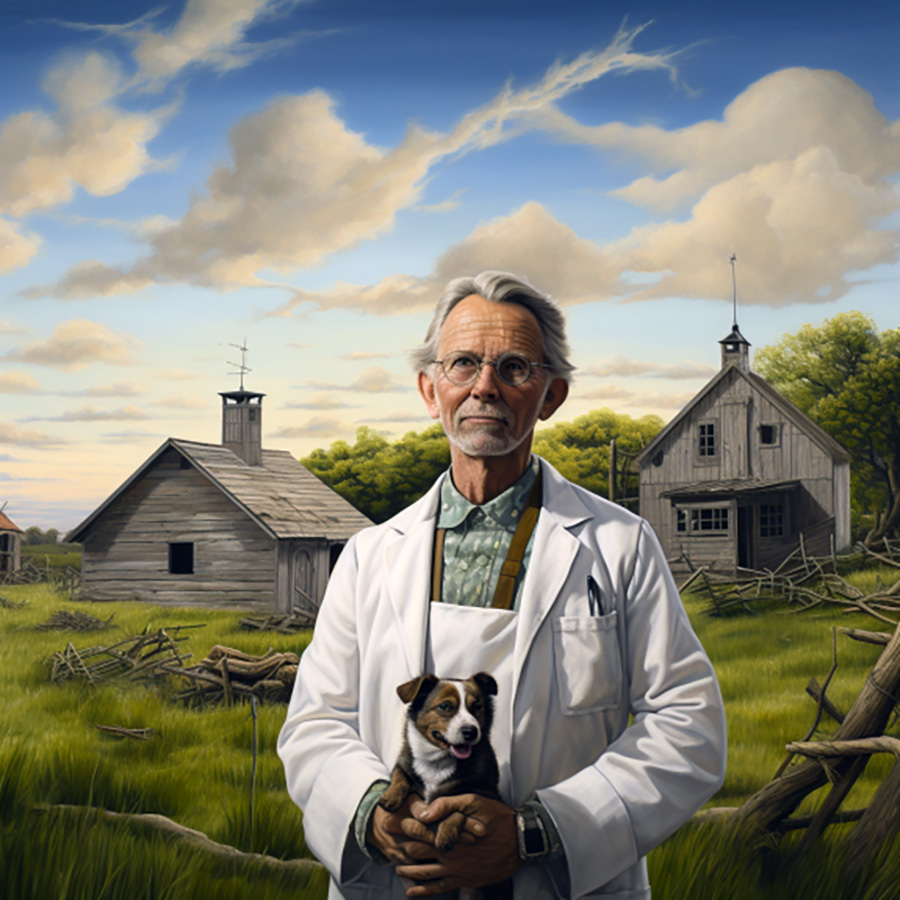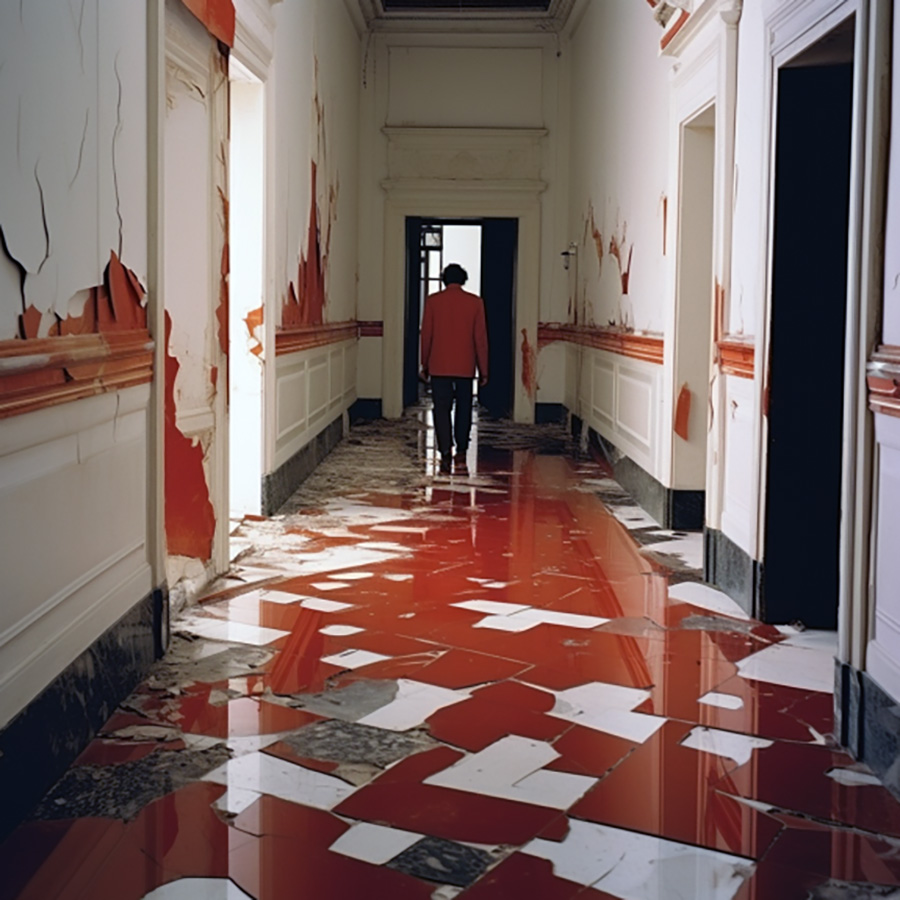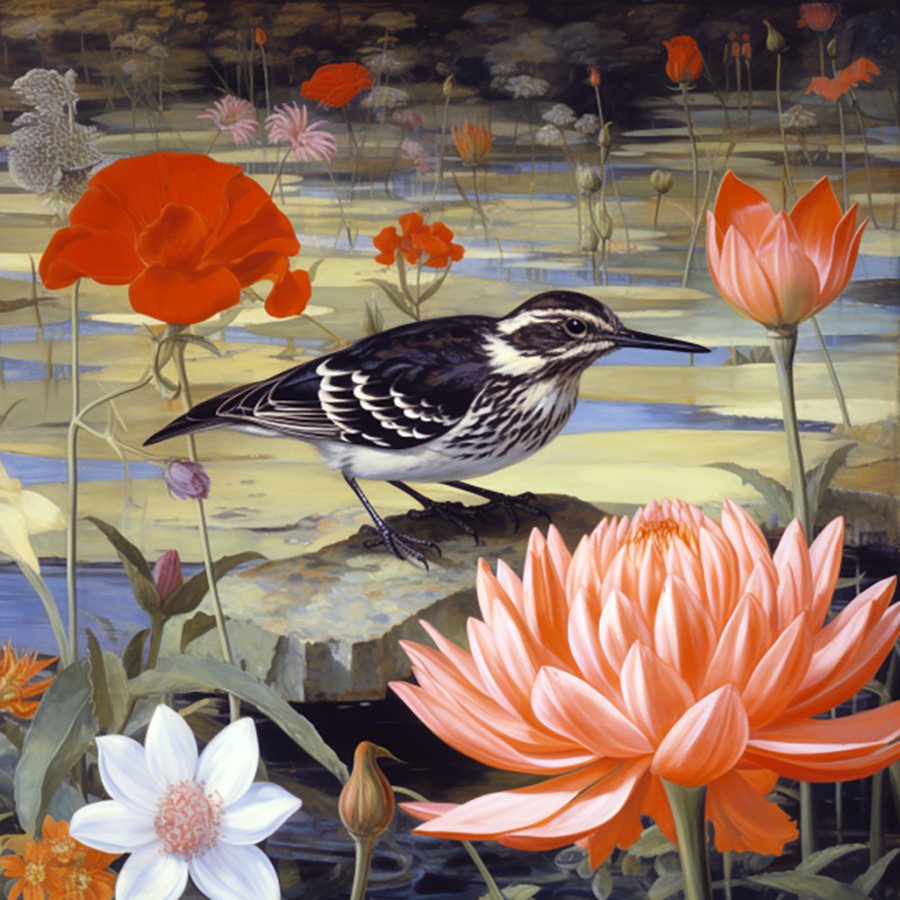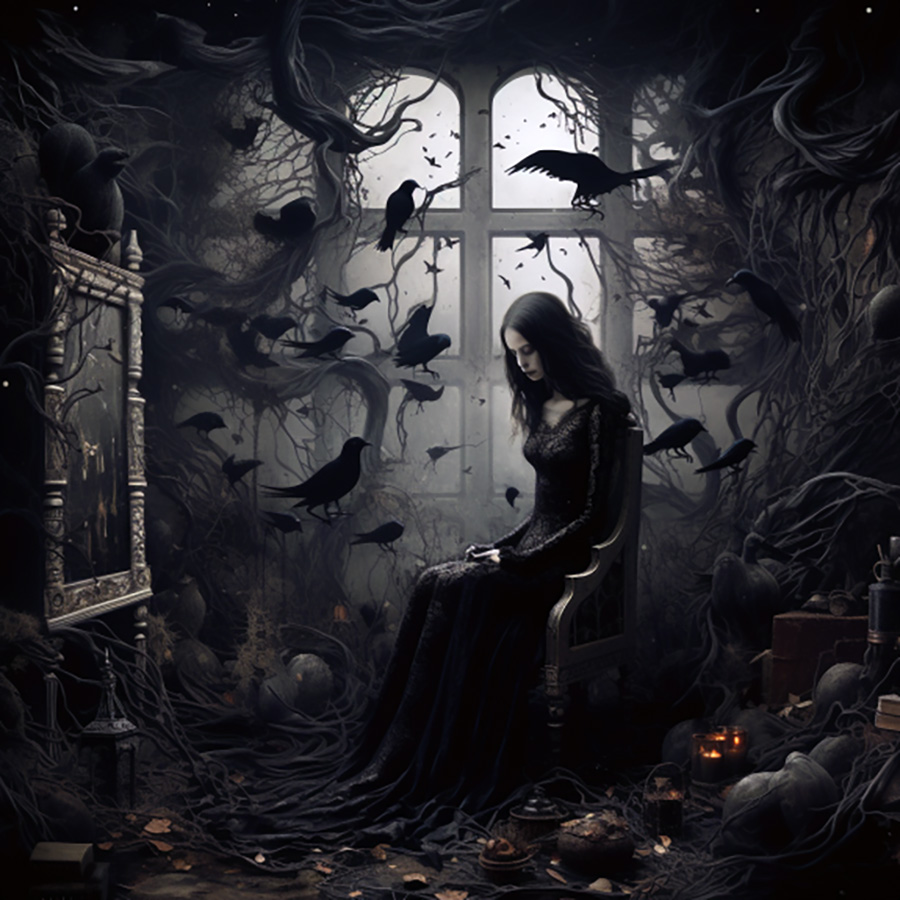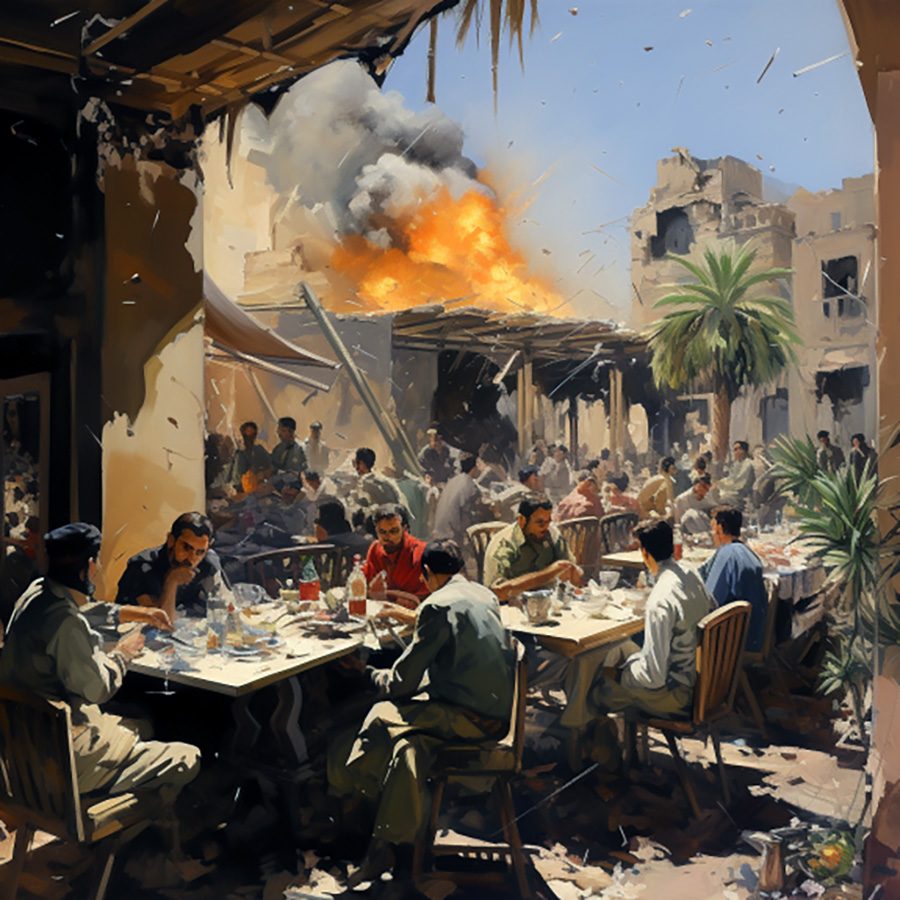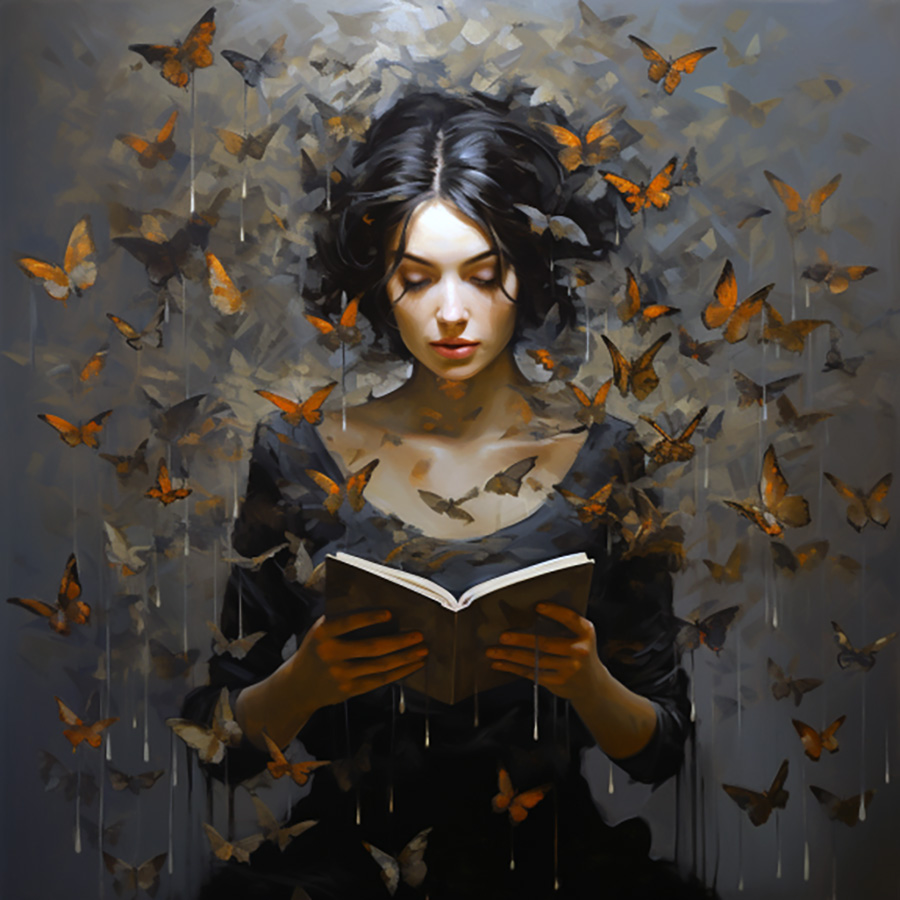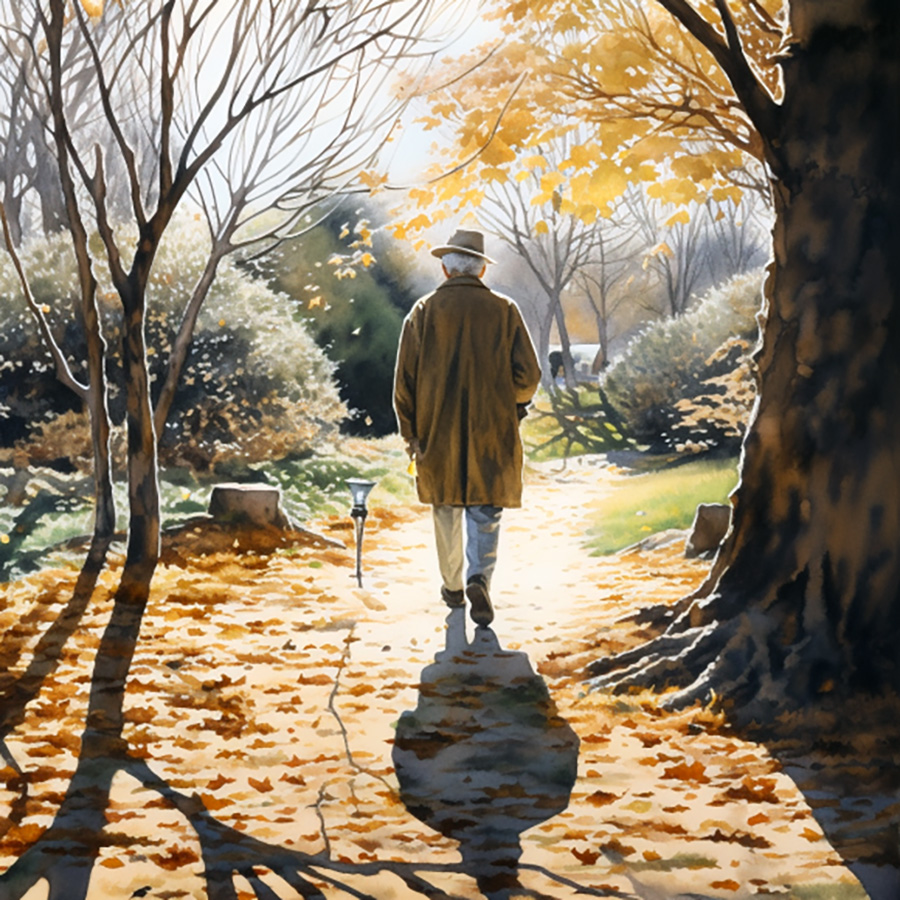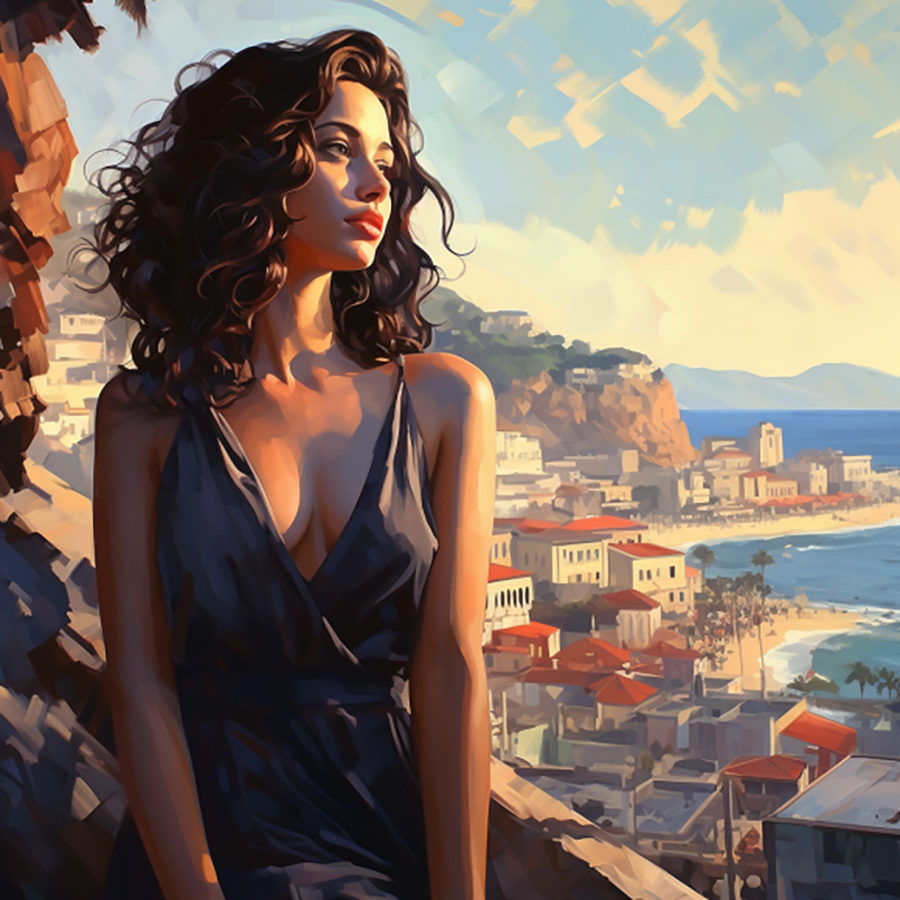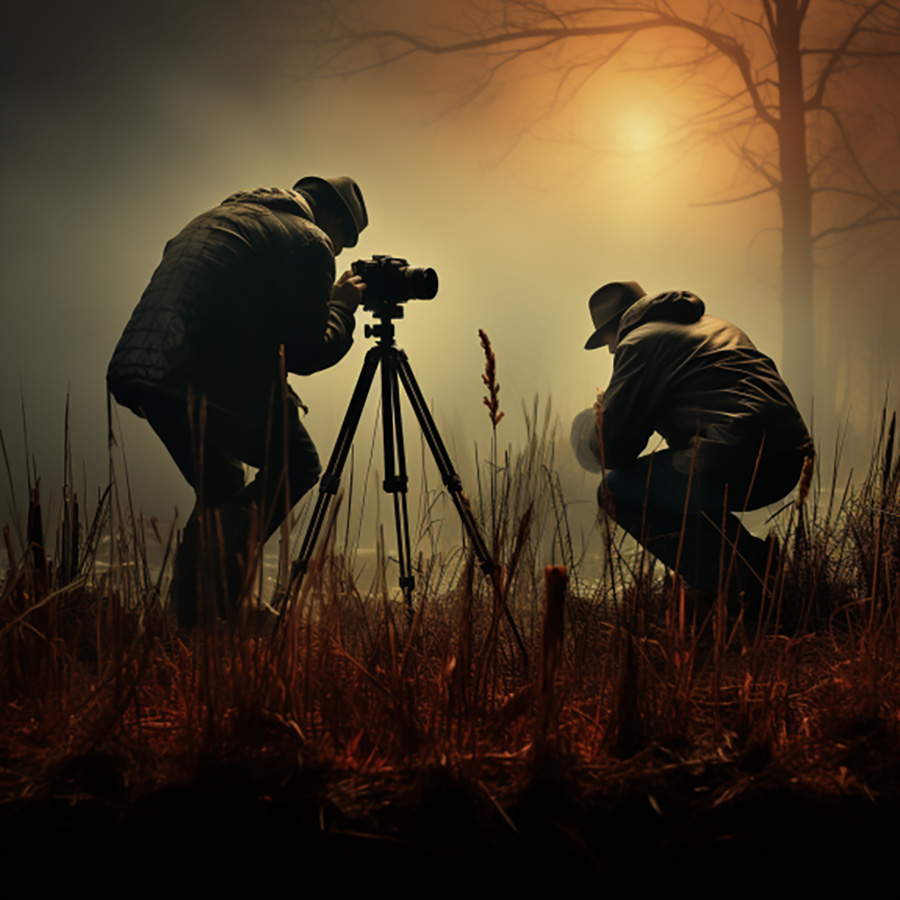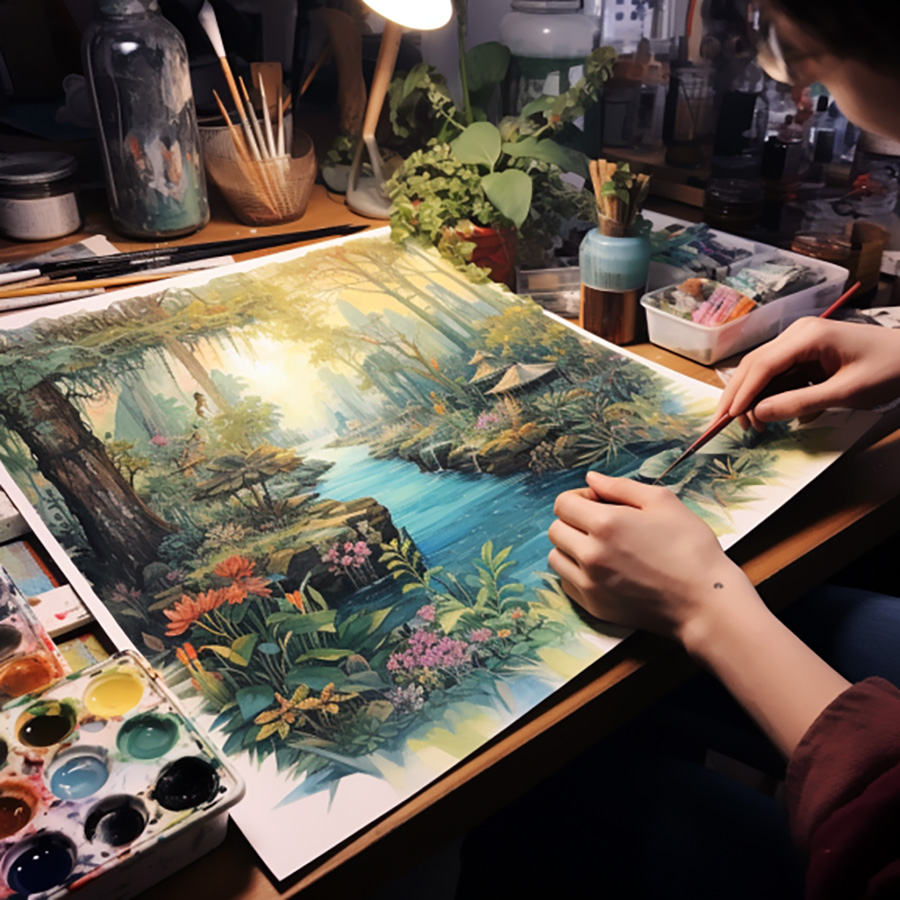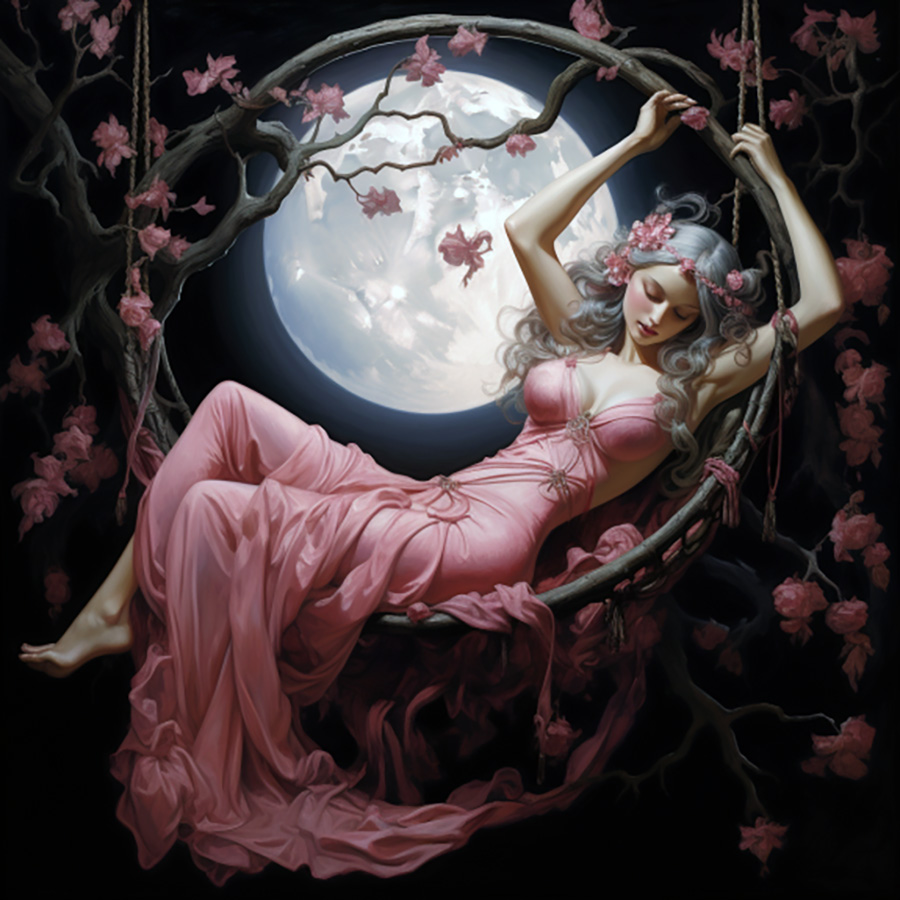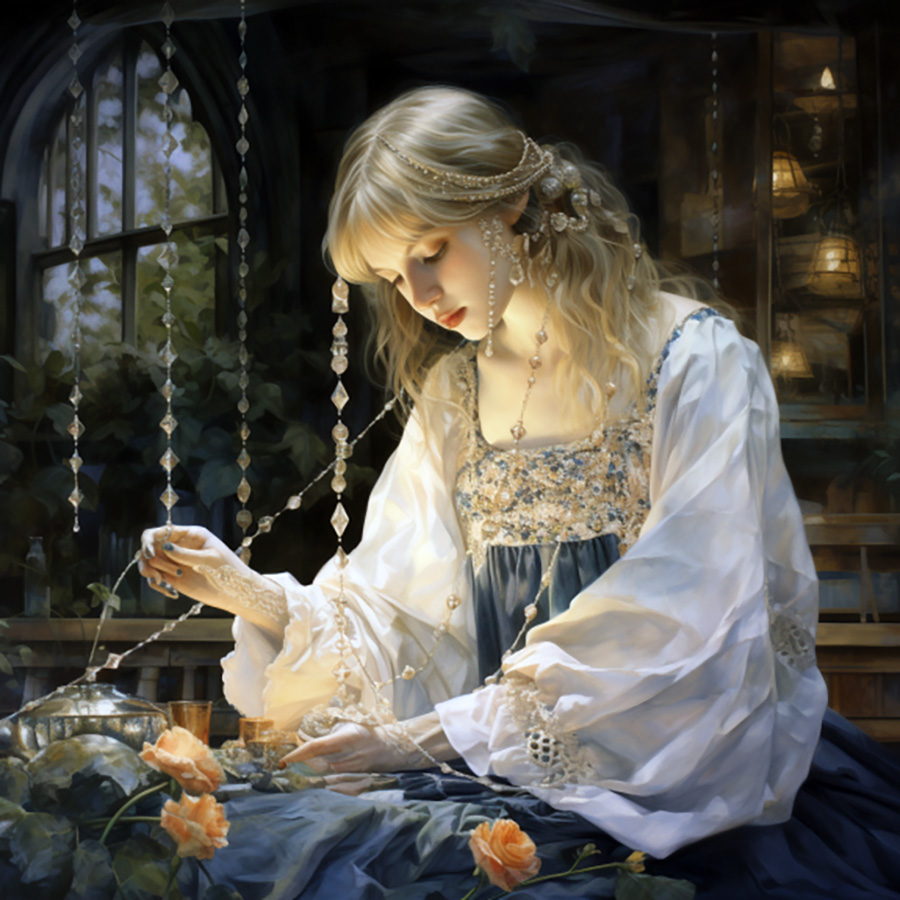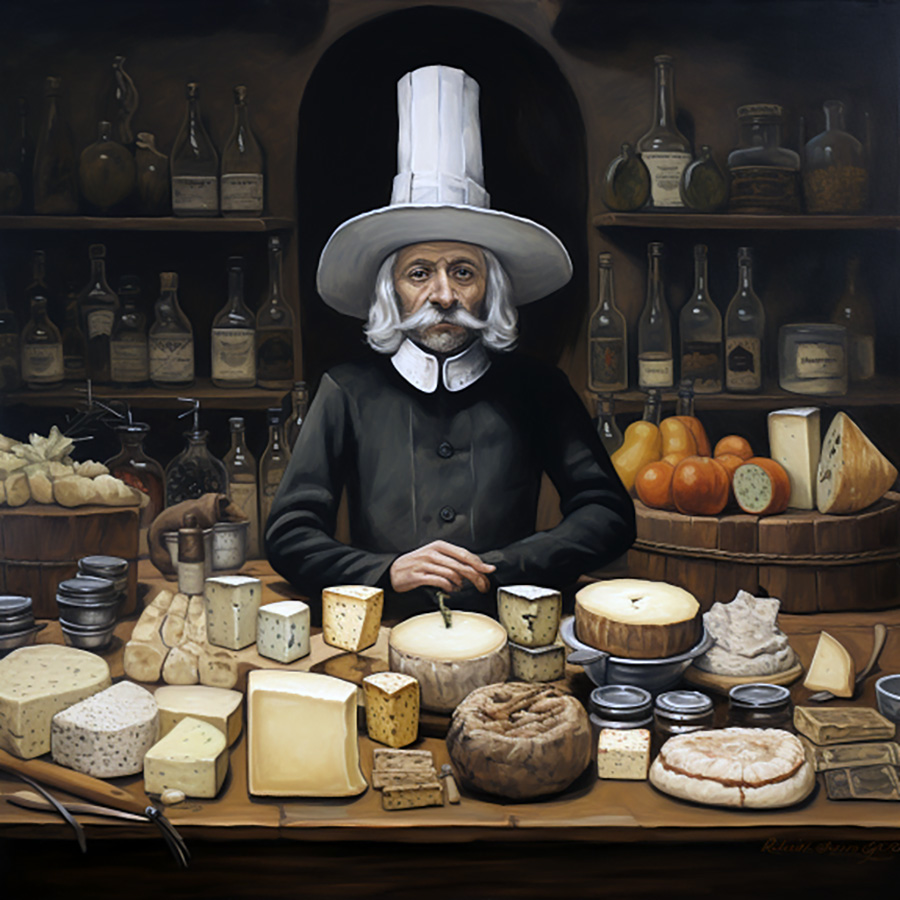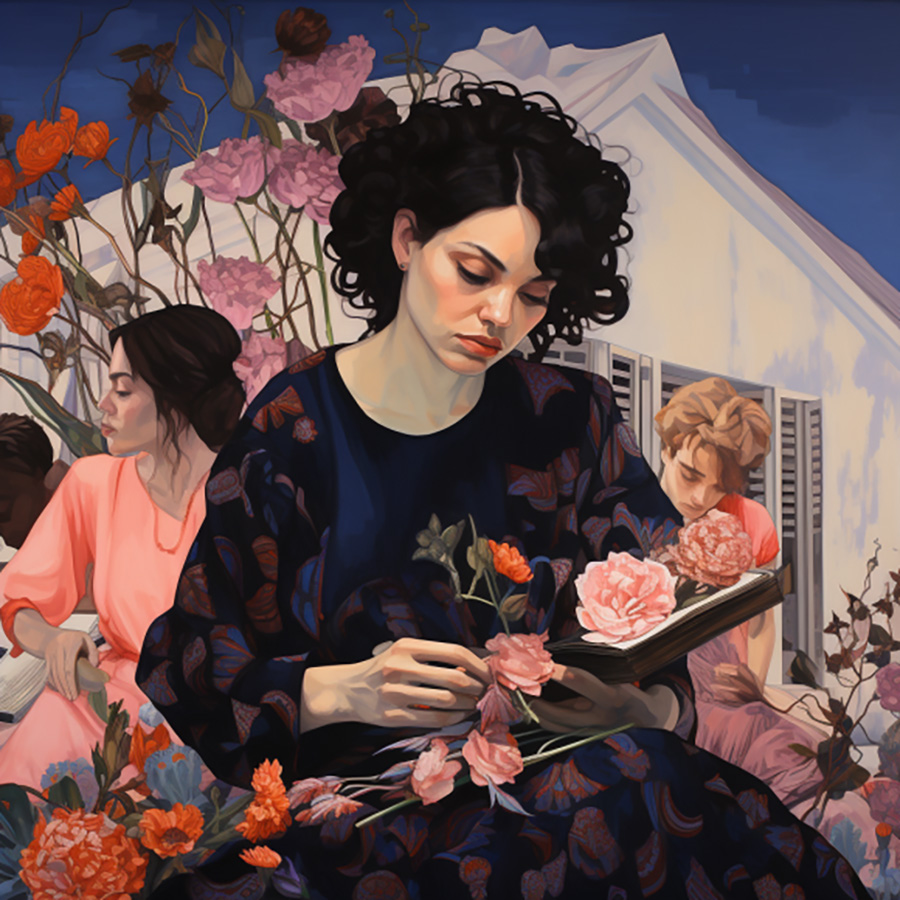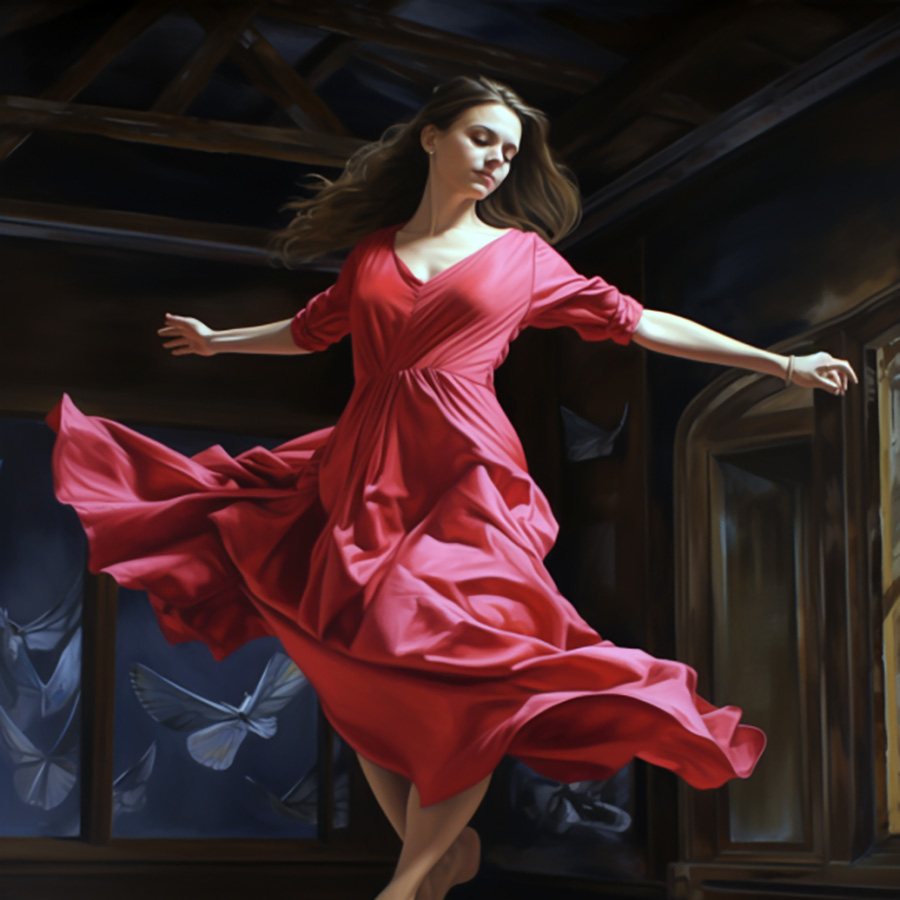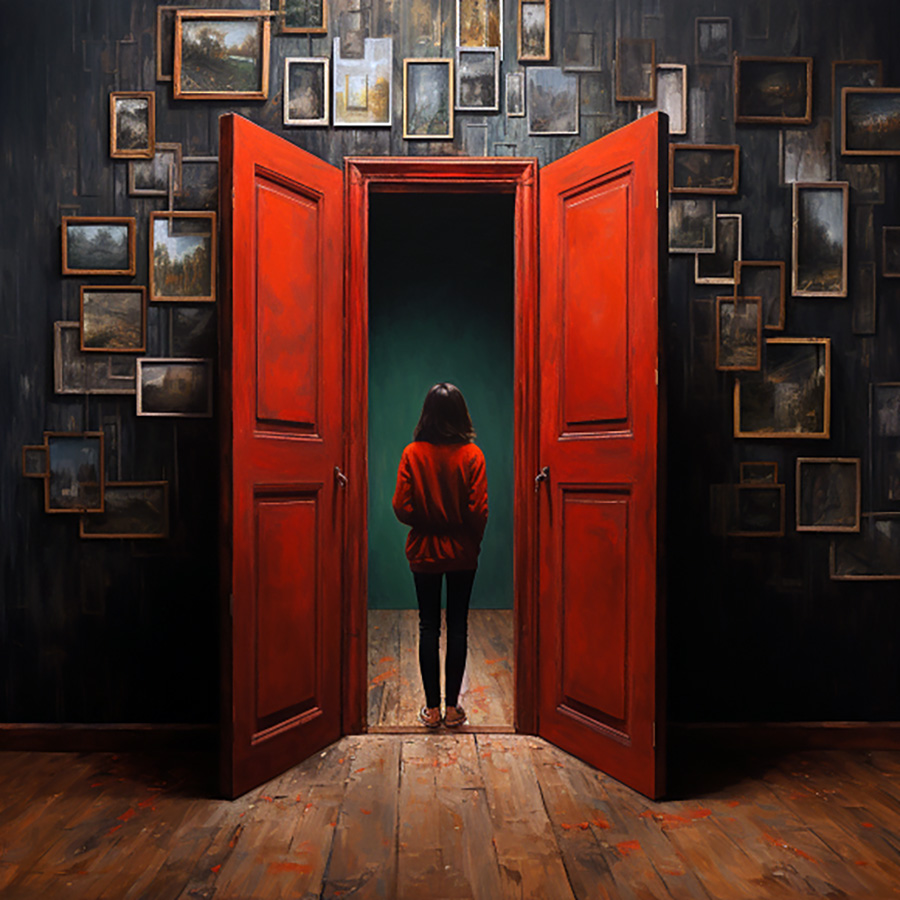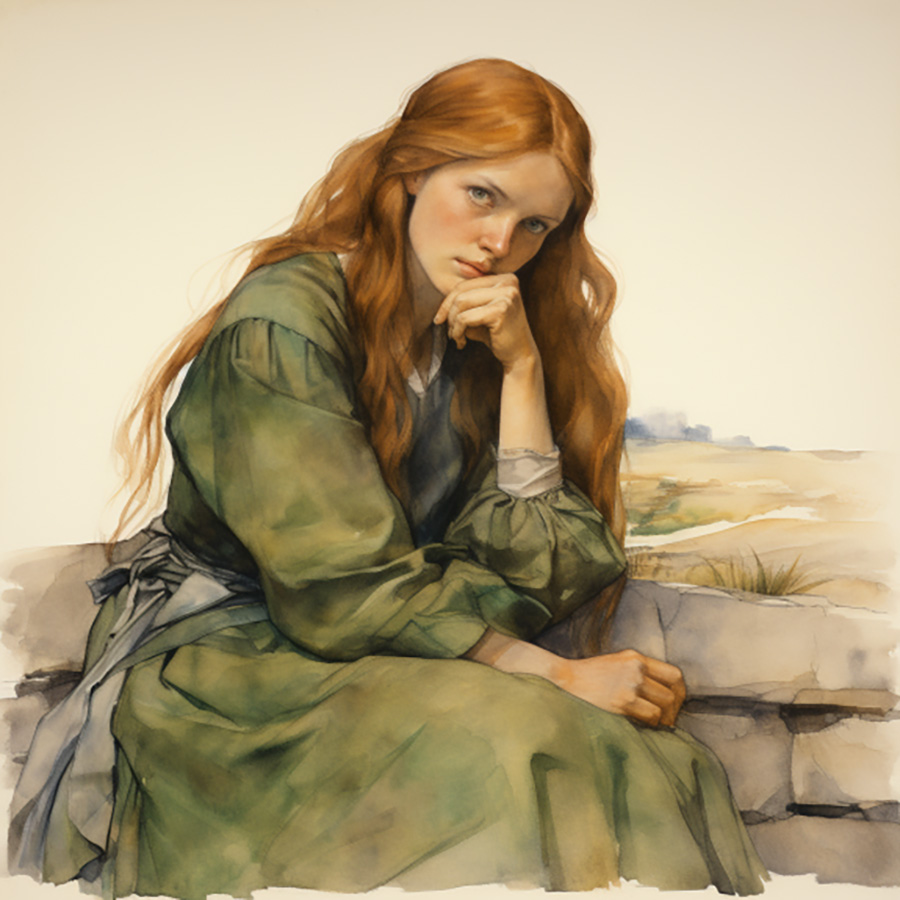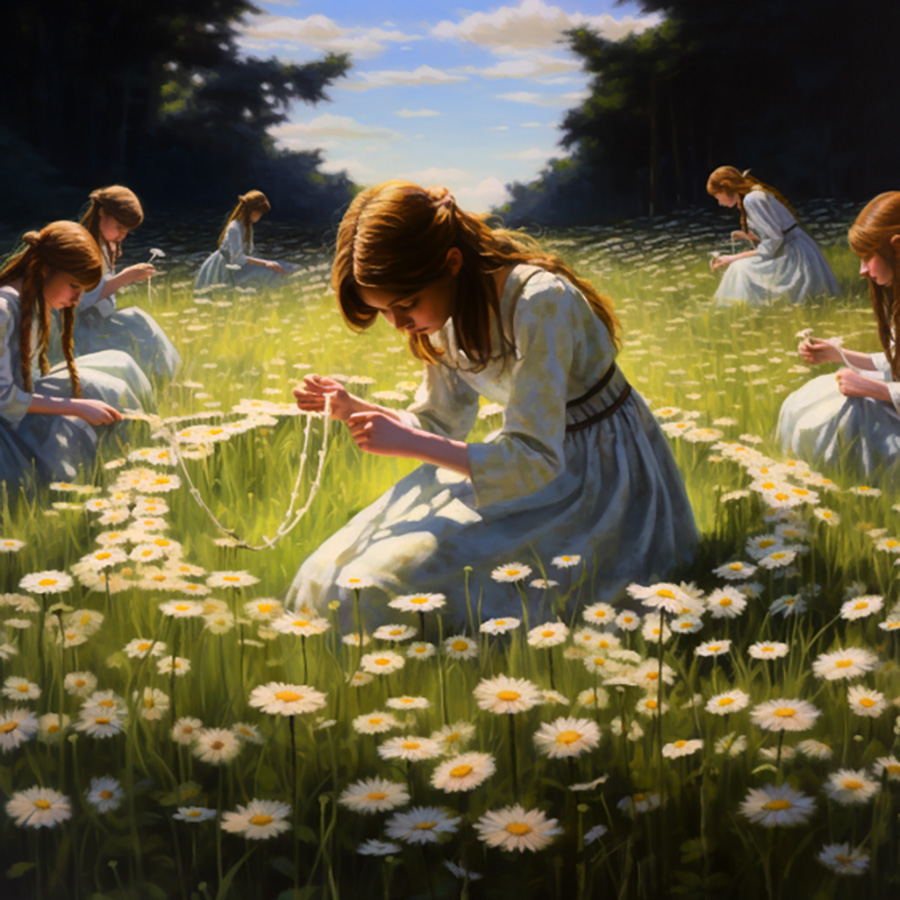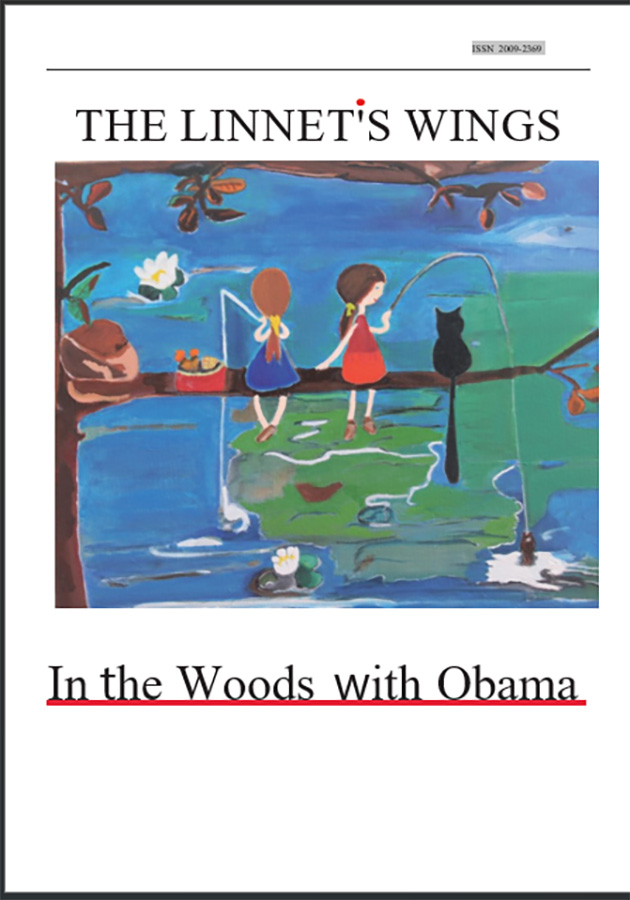
Autumn 2012 |
Poets: Augustine, Manahan, Heaton
Heaton and Gallagher
Reilly, Managan, Hutton, Mannheim
Fiction: Sheehan, Houtman, Lowe
Photography, Poetry Art
Wielhouwer, Lantry, Irving, Joy
Ferraro, Augustine, Cahill
Stories from our Archive: Kempe and Dodd
Editors for the Issue
THIS ISSUE
Managing Editor
M. Lynam Fitzpatrick
Senior Editor
Bill West
Editors for Review
ENGLISH
Ramon Collins
Nonnie Augustine
Yvette Managan
SPANISH
Diana Ferraro
Marie Fitzpatrick
Consulting on Copy
Digby Beaumont
Spanish Translations
Diana Ferraro
Contributing Editors
Martin Heavisides
Consulting on Photography
Maia Cavelli
Front Cover
M. Lynam Fitzpatrick
Web Database Design and Management
Peter Gilkes
Ireland Office: Ard na Cuain, Dromod, Co. Leitrim
Spain Office: Motril, Granada, Andalucia
Online Offices: Provided by Zoetrope Virtual
Studio
Hosting: Provided by ddWebsites.com
Design @ TheLinnetsWings.org 2012
Founded, in Edgeworthstown, Co. Longford, in
2007
Publisher: M. Lynam Fitzpatick
Published by The Linnet's Wings
ISBN-13: 978-1 4793371 94
Copyright Notice
All rights reserved. No part of this publication may be reproduced, stored in or introduced into a retrieval system, of transmitted, in any form, or by any means (electronic, mechanical, photocopying, recording or otherwise) without the prior written prmission of the publisher.
Any person who does any unauthorised act in relation to this publication may be liable to
criminal prosecution and civil claims for damages.
